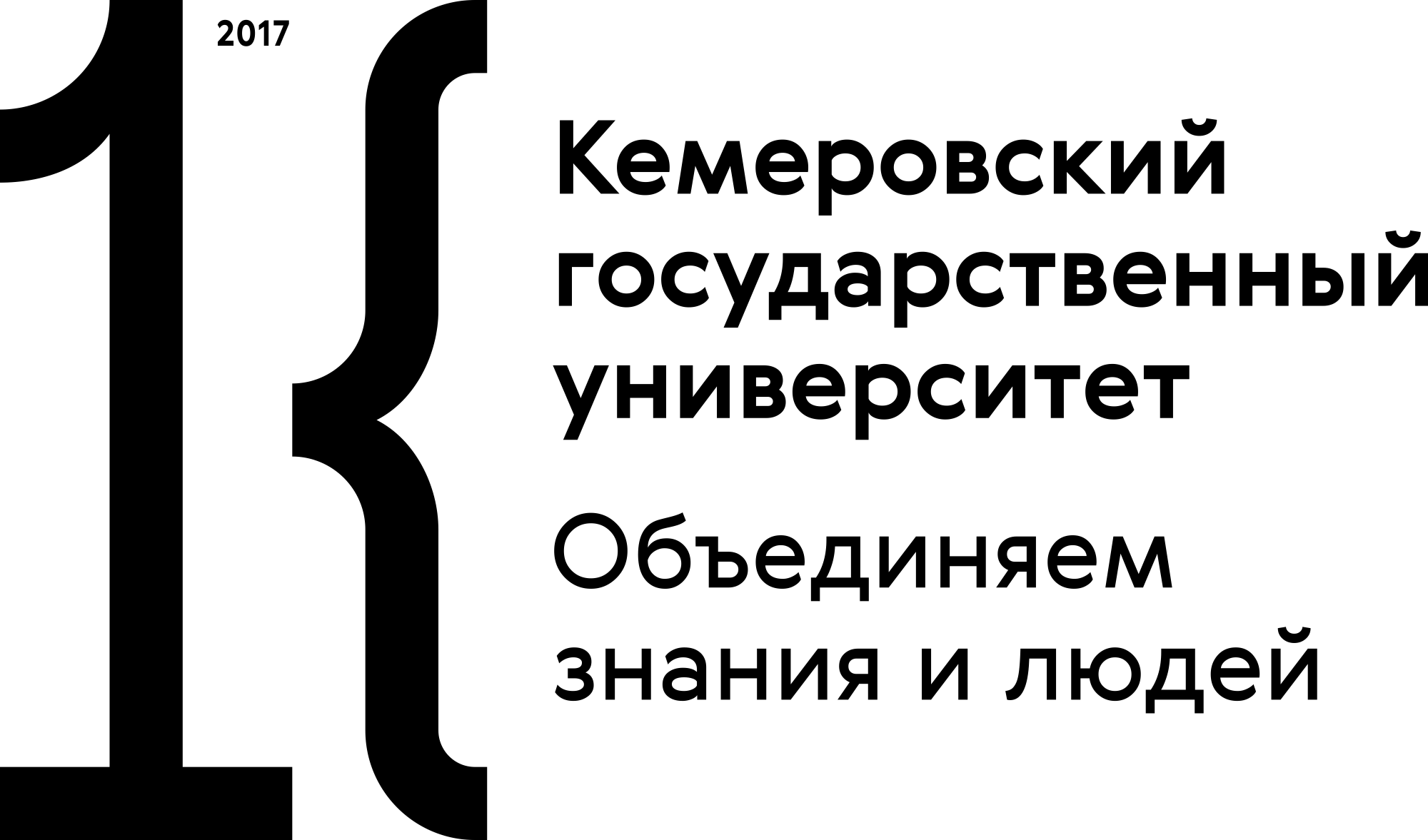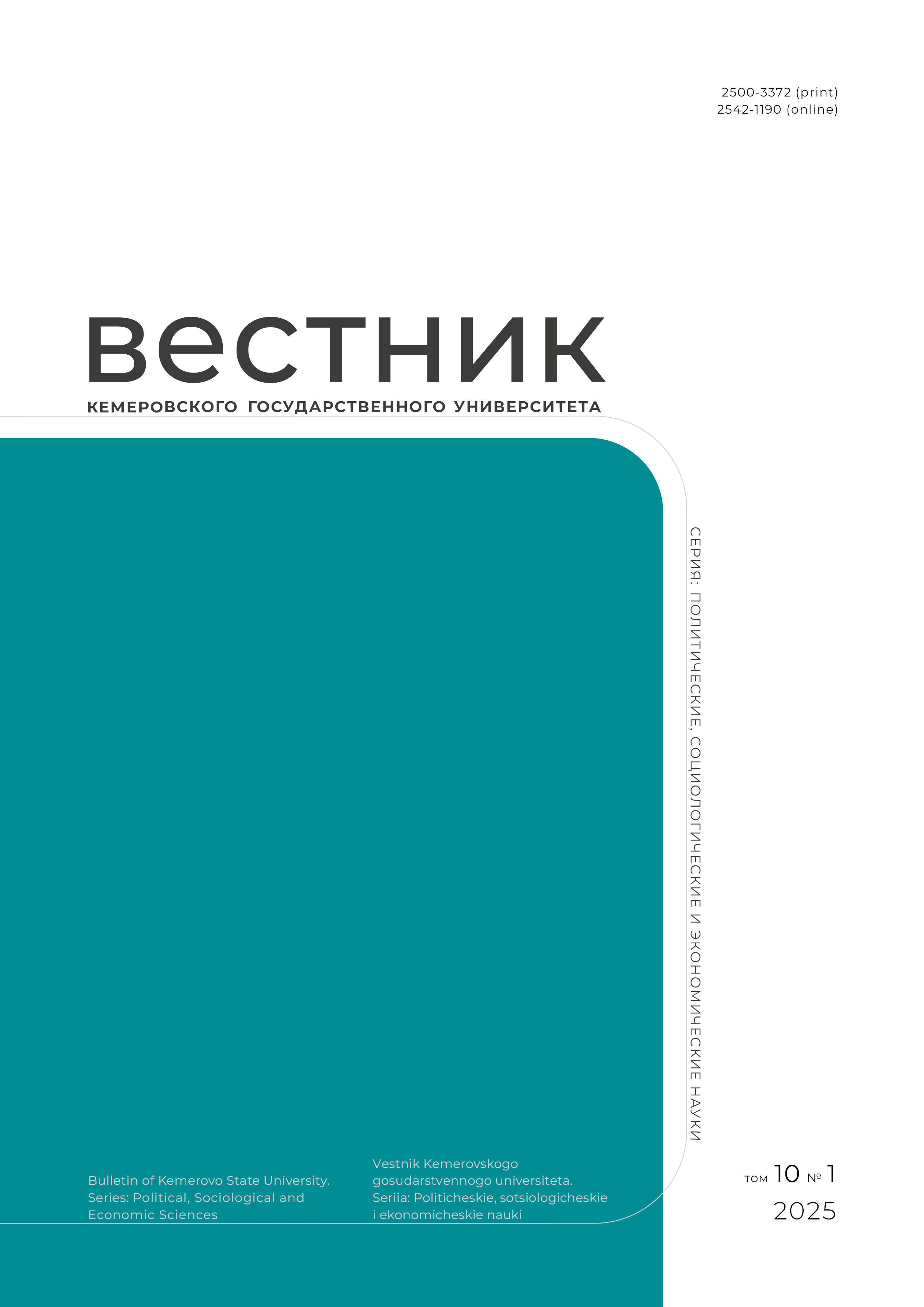Kemerovo, Kemerovo, Russian Federation
The research featured websites and Instagram accounts of Kuzbass branches of various political parties. The research objective was to identify the quantitative and qualitative features of the information content using T. Parsons' theory of structural functionalism and the methods of systematic and comparative approach, as well as the method of content analysis. The parties used various types of content in different proportions. The official websites and Instagram accounts shared the same content network, the latter being more representative in terms of news content. The United Russia proved to be the most active party in such aspects as communication with potential voters and the amount, frequency, and variety of posts. The Just Russia party mostly popularized its electoral campaign program. The Communist Party and the Liberal Democratic Party had low quality indicators of news content. The author believes that the Internet communication had a strong effect on the campaign of September 2021 in the Kemerovo Region.
Internet, website, social networks, news content, Internet communication, media policy, political parties, voters, Kemerovo region (Kuzbass)
1. Shchekina I. A. Opportunities and risks of governors and regions promotion in blogs. Proceedings of Voronezh State University. Series: Philology. Journalism, 2015, (3): 174-177. (In Russ.)
2. Filatova O. G. Heads of subjects of the Russian Federation in blogs and social networks: communication trends in the early 2010s and 2020s. South-Russian Journal of Social Sciences, 2020, 21(2): 26-41. (In Russ.) https://doi.org/10.31429/26190567-21-2-26-41
3. Zaitseva L. A., Lomakina A. S., Napalkova I. G. The image of heads of regions of Russia: features of information promotion. Contentus, 2019, (6): 99-116. (In Russ.)
4. Matveeva E. V., Gefsimanskaia L. M. The accounts of the governors of the Siberian Federal District as a feedback channel for government and population. Social communications: philosophical, political, cultural and historical dimensions: Proc. II All-Russian Sci.-Prac. Conf. with Intern. Participation, Kemerovo, 23 Apr 2021. Kemerovo: KemSU, 2021, 96-103. (In Russ.)
5. Vlasova K. V., Chirun S. N. Social networks as a formation and promotion tool for of a political image: case of Kuzbass Governor S. E. Tsivilyov. Vestnik Kemerovskogo gosudarstvennogo universiteta. Seriia: Politicheskie, sotsiologicheskie i ekonomicheskie nauki, 2019, 4(2): 176-183. (In Russ.) https://doi.org/10.21306/2500-3372-2019-4-2-176-183
6. Bodrunova S. S. Mediacratic leader: the image of British Prime Minister Tony Blair. Vlast, 2014, 22(2): 95-100. (In Russ.)
7. Fomina G. A. The relationship between a political leader and the media: British experience. Biznes. Obshchestvo. Vlast, 2012, (13): 24-39. (In Russ.)
8. Urina N. V. Role of media component in Italian political communication (from frattura sociale to frattura mediale). Vestn. Mosk. un-ta. Ser. 10: Zhurnalistika, 2015, (6): 138-147. (In Russ.)
9. Kashyap A., Jonjua M. Social media - a new digital power to influence voters. International Journal of Scientific & Technology Research, 2020, 9(4): 693-699.
10. Porta D. della. Communication in progressive movement parties: against populism and beyond digitalism. Information, Communication & Society, 2021, 24(10): 1344-1360. https://doi.org/10.1080/1369118X.2021.1894212
11. Chizhov D. V. Internet-communications of political parties: typological features and tools. Informatsionnoye obshchestvo, 2015, (4): 46-61. (In Russ.)
12. Chizhov D. V. Formation of the Internet image of Russian political parties. Monitoring of Public Opinion: Economic and Social Changes, 2016, (1): 313-338. (In Russ.) https://doi.org/10.14515/monitoring.2016.1.15
13. Mukhametov D. R. Political parties in digital reality: parties of network control and network coordination. Obozrevatel' - Observer, 2021, (2): 59-70. (In Russ.) https://doi.org/10.48137/2074-2975_2021_2_59
14. Brodovskaya E. V., Dombrovskaya A. Yu., Ivanov I. S. Changing online behavior strategies of the Russian Internet users: based on the results of the comparative cluster analysis (2012-2014). Monitoring of Public Opinion: Economic and Social Changes, 2016, (3): 173-186. (In Russ.) https://doi.org/10.14515/monitoring.2016.3.10
15. Brodovskaya E. V., Ezhov D. A., Ognev A. S. Internet communications of Russian political parties in the current election cycle: results of oculometric analysis of the network content. Political science (RU), 2021, (3): 112-141. (In Russ.) http://www.doi.org/10.31249/poln/2021.03.05
16. Brodovskaya E. V. Methods of research and indicators measuring Internet activity of political parties. Srednerusskii vestnik obshchestvennykh nauk, 2013, (4): 96-99. (In Russ.)
17. Brodovskaya E. V., Zvorygin R. V., Lukushin V. A. Comparative analysis of digital communications of traditional and new party actors in Russia, 2020. Vestnik of Moscow State Linguistic University. Social sciences, 2021, (2): 36-52. (In Russ.) http://www.doi.org/10.52070/2500-347X_2021_2_843_36
18. Azarov A. A., Brodovskaya E. V., Lukushin V. A. Digital communities of new political parties in Russia (2020). Vlast, 2021, 29(1): 77-83. (In Russ.) https://doi.org/10.31171/vlast.v29i1.7892
19. Zvereva A. D. Internet communications and real affairs as an instrument of influence of new political parties. Political representation and public power: transformational challenges and prospects: Proc. Annual All-Russian Sci. Conf. with Intern. Participation, Moscow, 27-28 Nov 2020. Moscow: MPGU, 2020, 211-212. (In Russ.)
20. Kaminskaya T. L. New trends in Russian political communication. Political Linguistics, 2020, (6): 12-18. (In Russ.) https://doi.org/10.26170/pl20-06-01
21. Brodovskaya E. V., Karzubov D. N., Lukushin V. A. Efficiency review of digital communications of the Communist Party of the Russian Federation (KPRF) at the start of the election campaign 2021. Vlast, 2021, 29(4): 61-66. (In Russ.) https://doi.org/10.31171/vlast.v29i4.8377
22. Avdeeva O. A. The party Internet communication at regional level of "United Russia" and "Fair Russia" political parties at different stages of electoral cycles. Youth Political Science in Saratov. Saratov: Saratovskii istochnik, 2018, iss. 6, 3-7. (In Russ.)
23. Prokopenko L. Ya. The image of political leaders and parties in election campaigns. The role of mass media in its formation. Journal of the Institute for African Studies, 2015, (2): 10-34. (In Russ.)
24. Karyakina Yu. D. Information and communication technology in the political process. Image potential (for example, state power and propaganda campaigns of Russian political parties). Fundamental and applied scientific research: current issues, achievements, and innovations: Best Proc. of the V Intern. Sci.-Prac. Conf., Penza, 15 May 2017. Penza: Nauka i Prosveshchenie, 2017, pt. 2, 204-207. (In Russ.)
25. Savina E. V. Political communication between parties and citizens in social media. Izvestiia Tulskogo gosudarstvennogo universiteta. Gumanitarnye nauki, 2020, (1): 21-30. (In Russ.)
26. Savina E. V. Political-communication mechanisms of interaction between political parties and citizens. Izvestiia Tulskogo gosudarstvennogo universiteta. Gumanitarnye nauki, 2018, (3): 18-22. (In Russ.)

















